kottke.org posts about Alan Taylor
Alan Taylor is an under-appreciated internet curator. He’s been overseeing the photographic vibe over at The Atlantic’s In Focus for what seems like forever, and the quality is as high as ever. His latest post is 100 Years Ago in Photos: A Look Back at 1924.
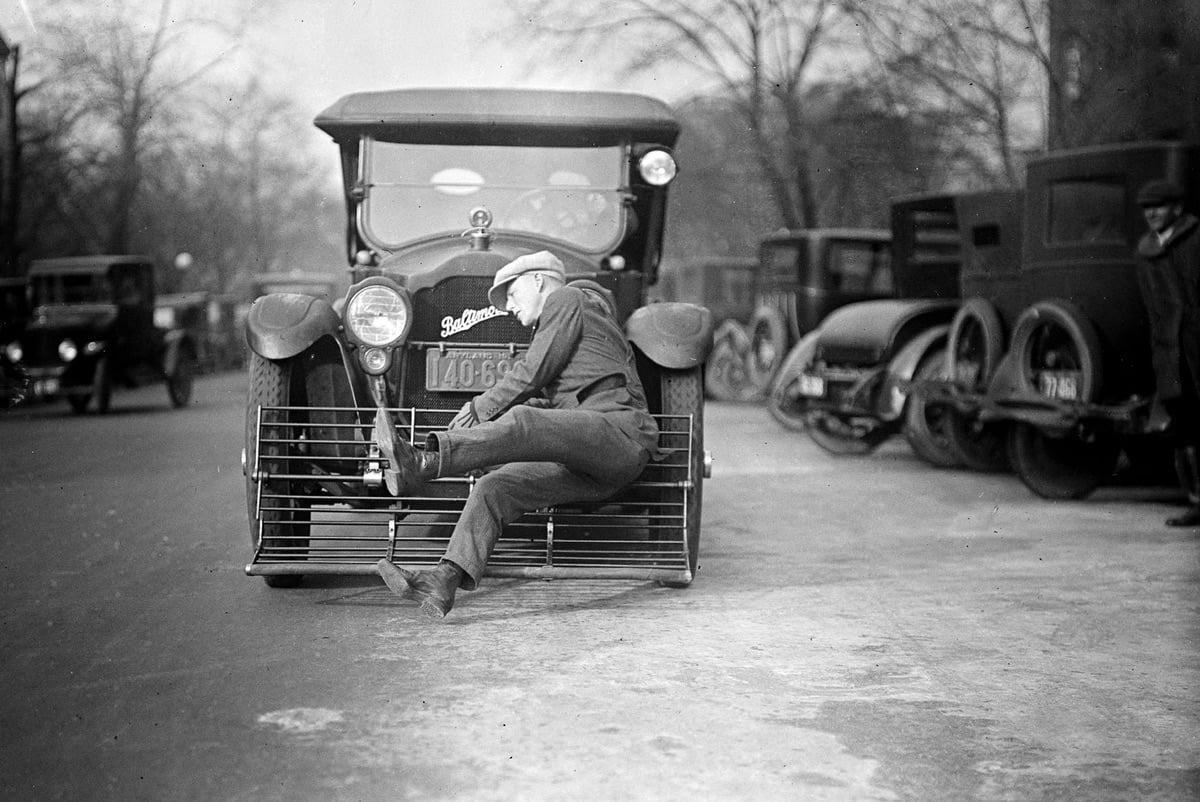
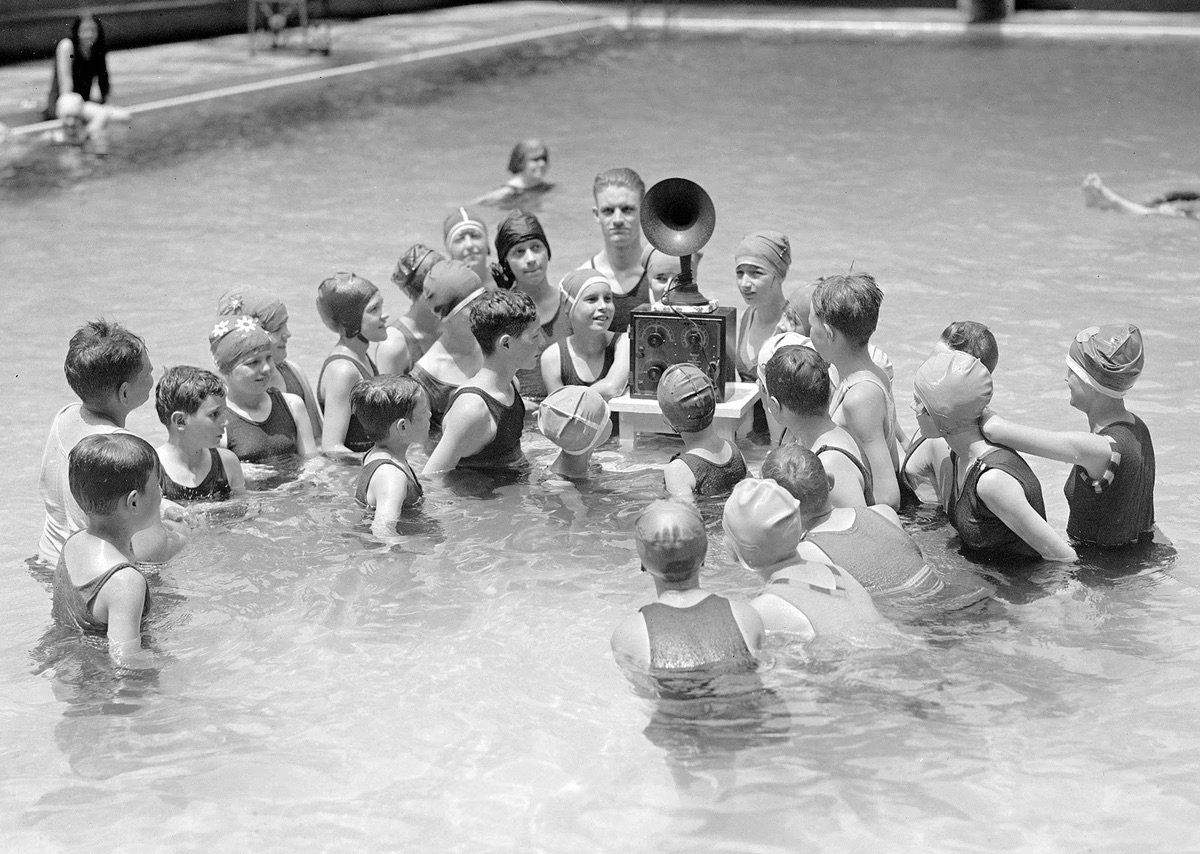
The caption of that first photo reads:
Original caption from December 17, 1924: “Picks him up at 25 miles an hour! If the modern auto or truck hits you don’t worry. Equipped with this device you are simply given a free ride. This man even came from behind another car, was struck but not even scratched. The demonstration was given recently in Washington, D.C.”
Don’t worry! A free ride! What an age.
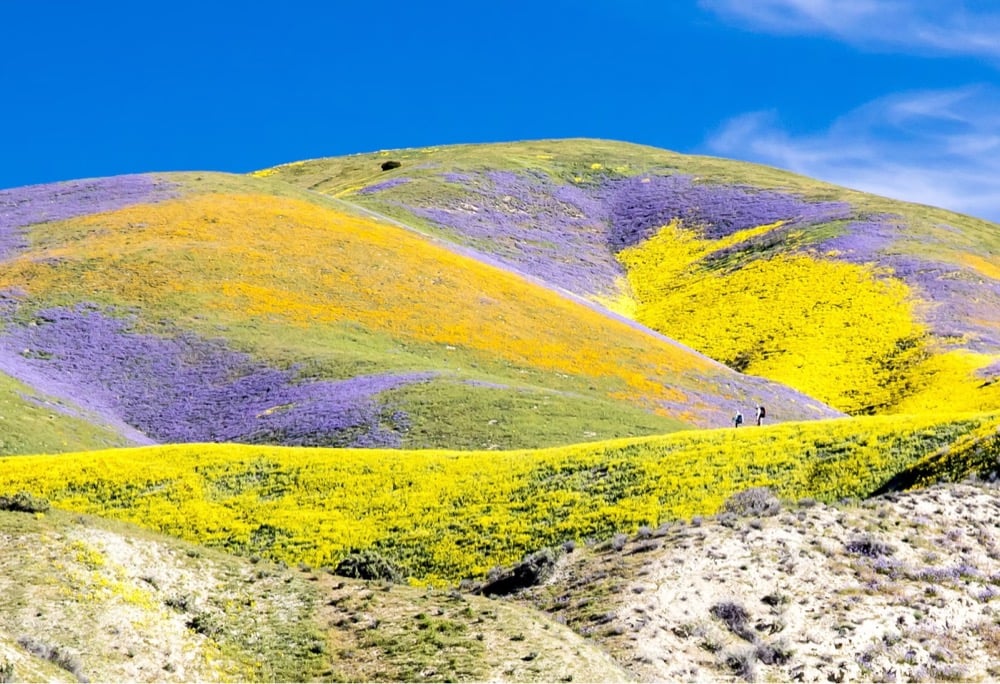
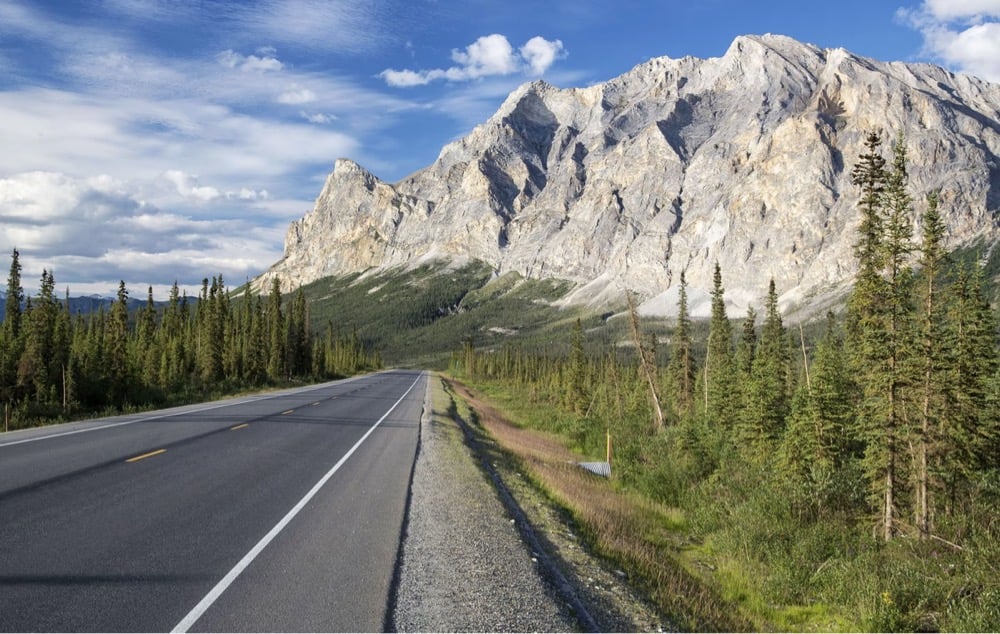
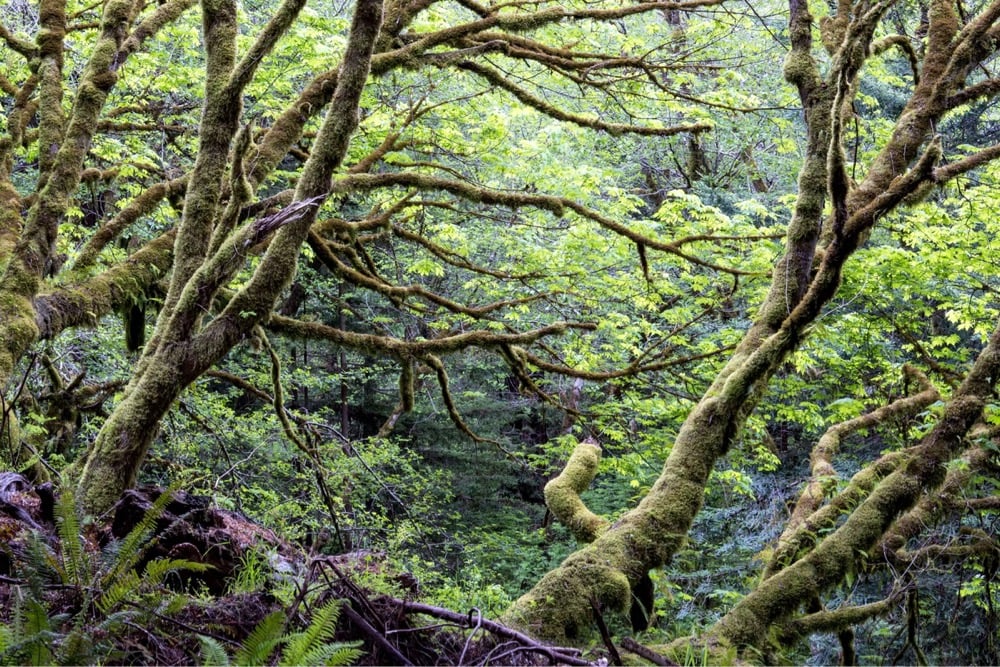
Over at In Focus, Alan Taylor is highlighting the work of Bob Wick, a photographer for the U.S. Bureau of Land Management who recently retired after 33 years of service.
In a recent interview, Bob reflected on his career. “It has been extremely fulfilling to see my photos used in BLM, across the Department, and non-profits and getting to showcase the beauty of public lands and the resources we see,” he said. “When you see things on paper in words, it’s one thing, but when you see the image of the lands that you’re affecting with that resource decision, it’s a more powerful way to communicate the message.”
Bob added, “I like bringing joy to people with photos. A lot of people are armchair travelers and can’t go to remote places, but they get the satisfaction of seeing the beauty through my photos. I’m always happy to be able to share that beauty. I also think that images help build pride among employees as reminders of the vast and irreplaceable places that BLM manages.”
You can follow Wick’s continuing photo adventures on Instagram.
For the Atlantic, Alan Taylor compiled a bunch of photos of normally bustling places that are a lot emptier due to the COVID-19 crisis. This is the Grand Mosque in Mecca:
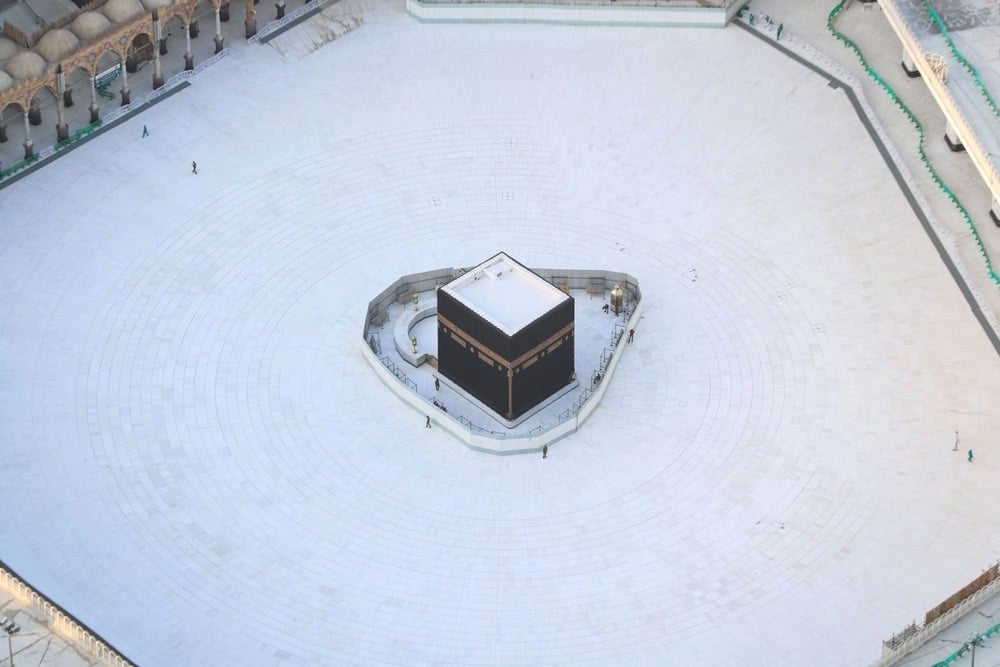
A Europa league football match played in an empty stadium (play in Italy’s Serie A league has been suspended until at least April 3):
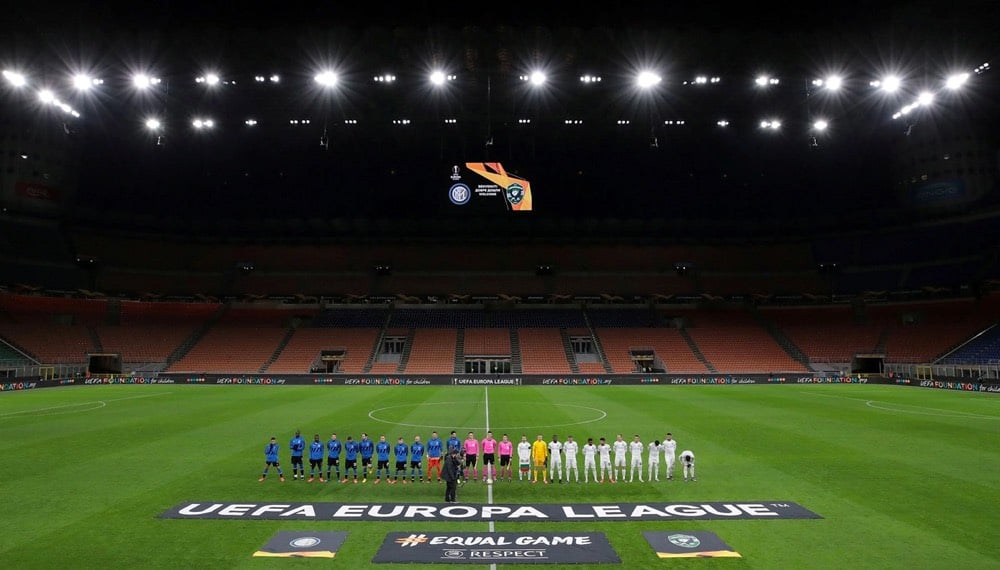
And here’s Sunday mass at a church in Milan:
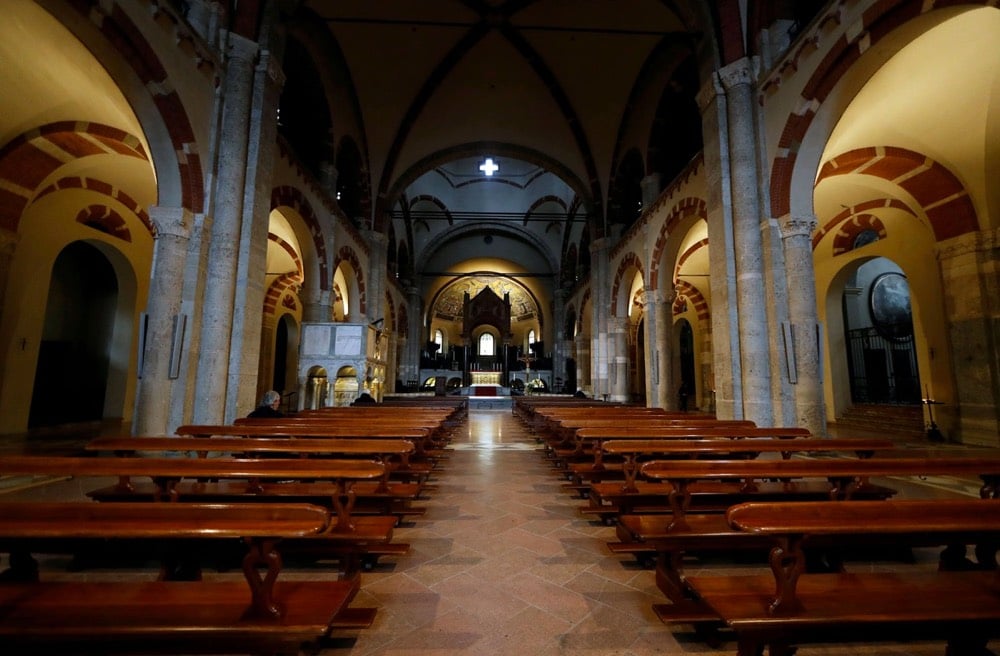
You can see the whole photo gallery here.
See also Ghost City Photos of a Usually Bustling Shanghai During Coronavirus Outbreak.
Update: Several more photo collections of the outside world’s increasingly empty spaces:
For Nieman Lab, Cherine Fahd and Sara Oscar wrote about the uncanny melancholy of empty photographs in the time of coronavirus.
These artists demonstrate a longstanding fascination with photographing architecture devoid of human subjects.
This fascination may be due to what architectural historian Anthony Vidler described as “the architectural uncanny.” Abandoned and deserted spaces, he said, make our familiar spaces become unfamiliar. For Vidler, this estrangement from space hinges on visual representation, such as in photography. These photographs of empty public spaces capture a departure from our everyday and instead visualize this uncanniness: an alternative reality emptied of our presence.
Yesterday I linked to a thread discussing old school bloggers who are still active. One of the best of the old guard is very much still at it: Alan Taylor. Taylor has been curating photographic essays the The Atlantic for more than 8 years — and for several years before that at The Boston Globe and on his own blog. His latest features the work of Margaret Bourke-White, one of my all-time favorite photographers.
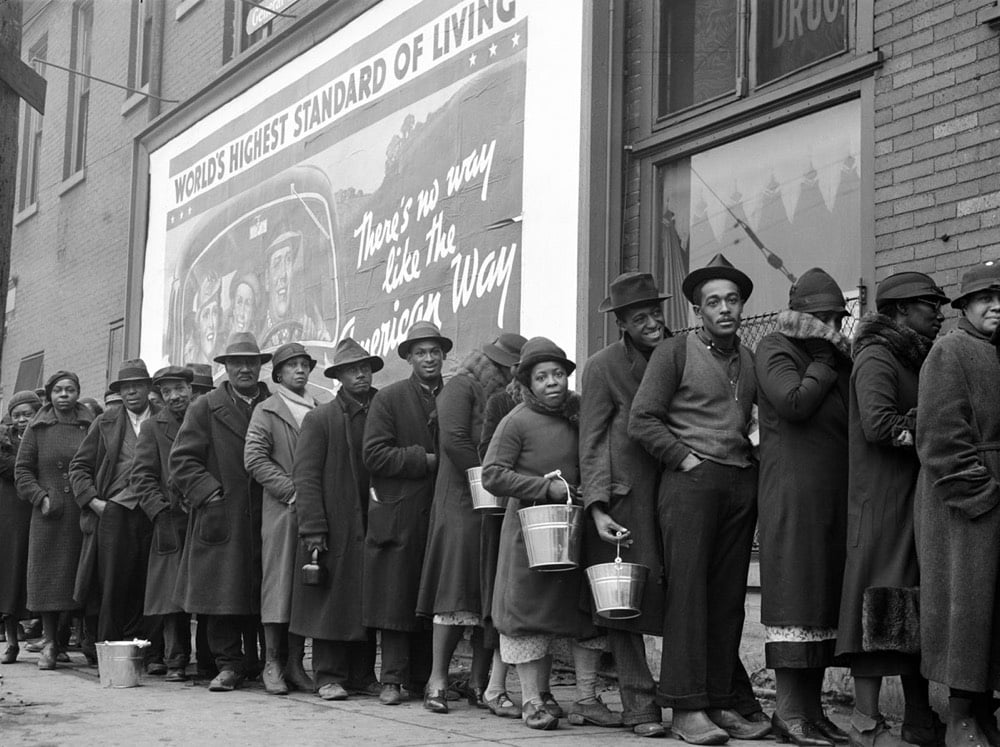
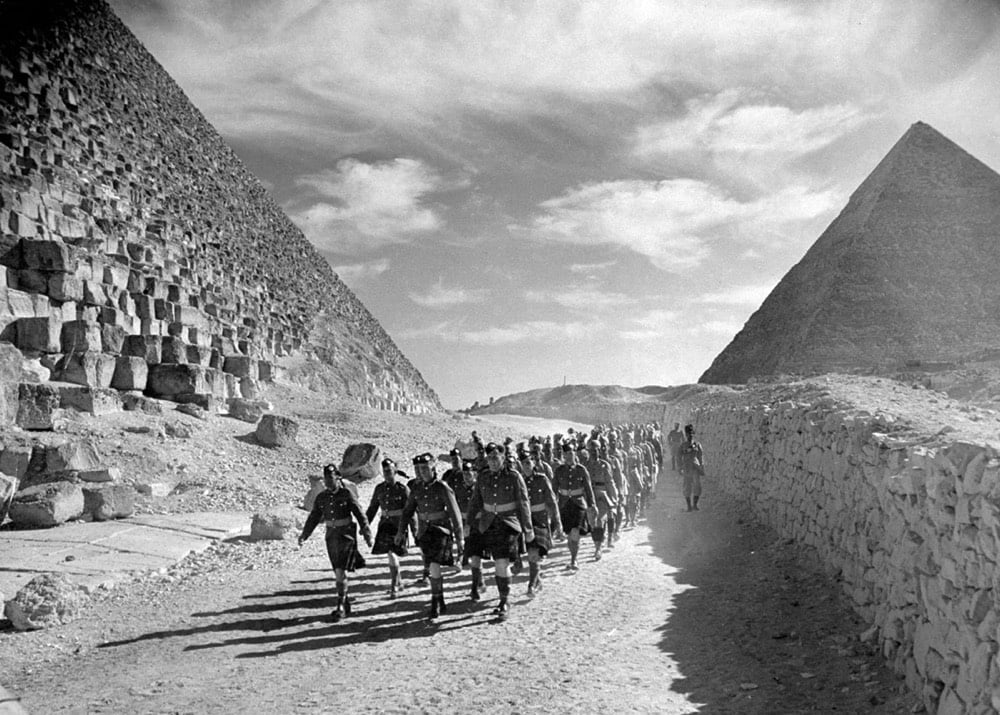
That first shot is an alternate view of this iconic photo.
By 1929, she began working for magazine publishers, joining both Fortune and, later, LIFE. She spent years traveling the world, covering major events from World War II to the partition of India and Pakistan, the Korean War, and much more. Bourke-White held numerous “firsts” in her professional life — she was the first foreign photographer allowed to take pictures of Soviet industry, she was the first female staff photographer for LIFE magazine and made its first cover photo, and she was the first woman allowed to work in combat zones in World War II.
Here’s Bourke-White in a fleece-lined flight suit during World War II, ready to work. Badass.

Alan Taylor of In Focus has curated a selection of photos taken during the first few days after Disneyland was opened to the public in July 1955.
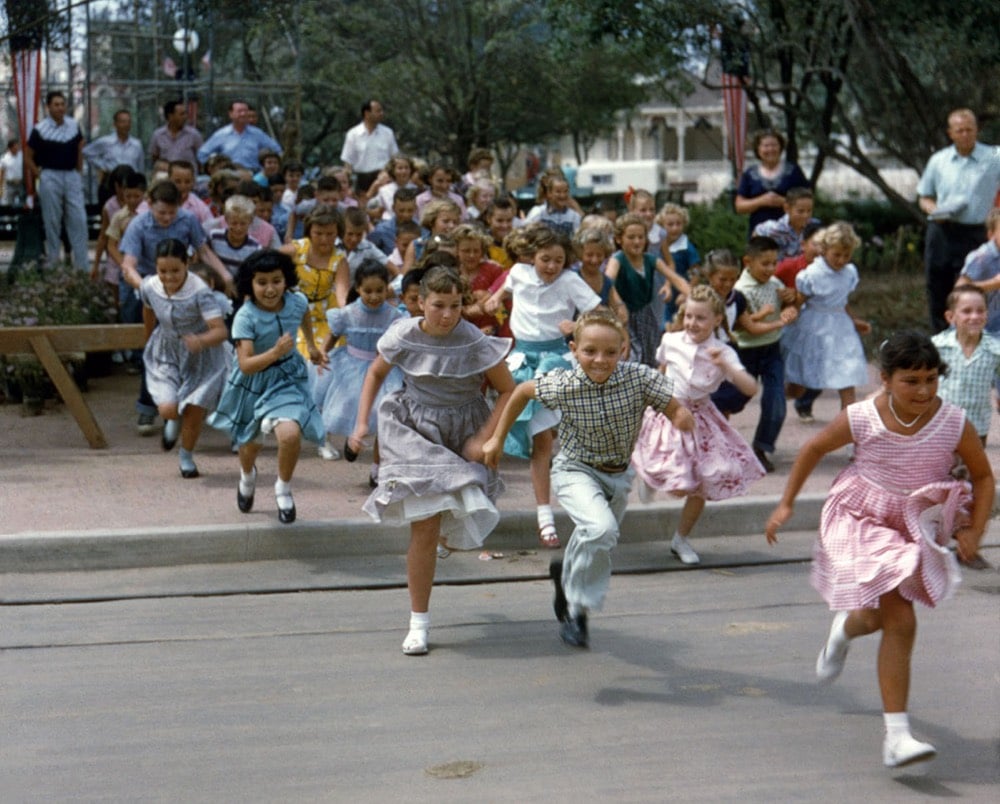
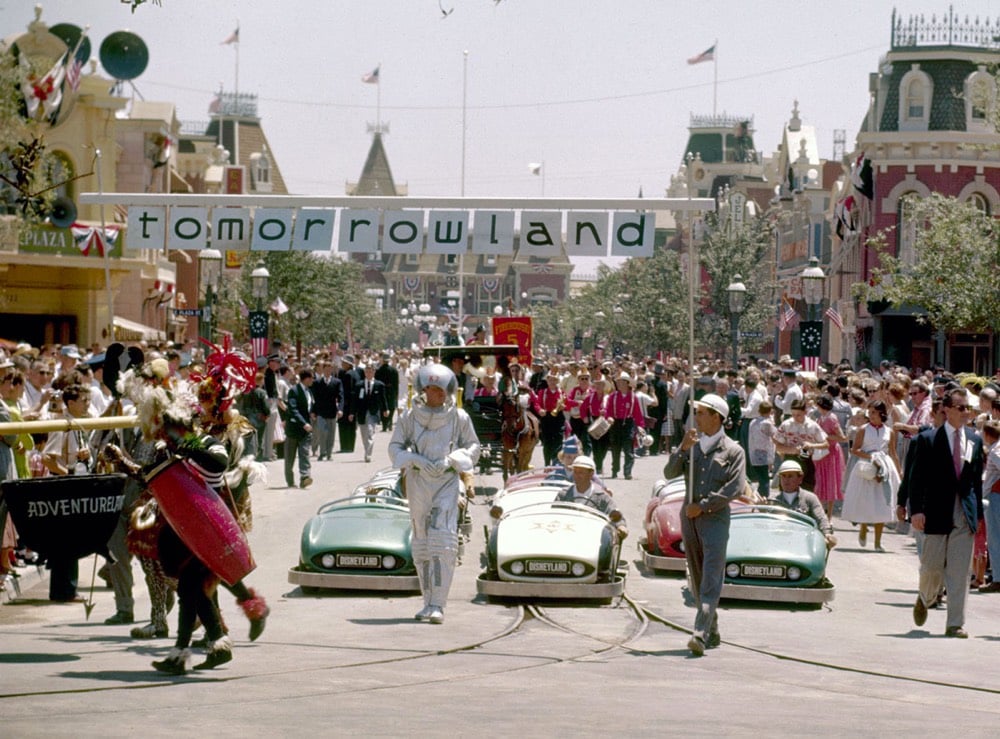
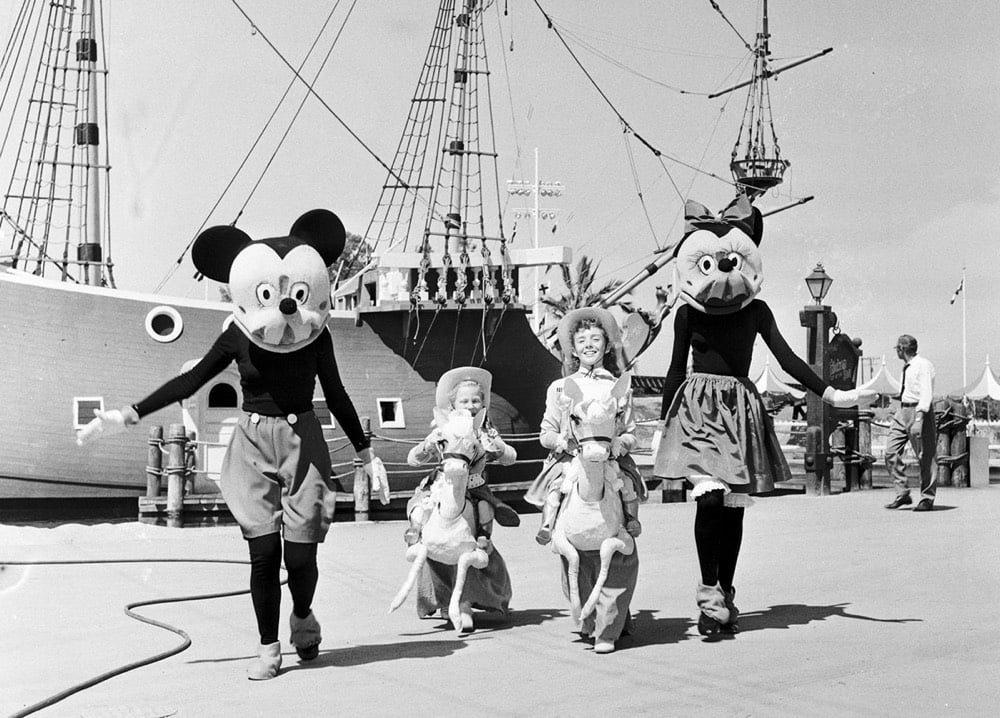
Whaaaat the hell is up with Mickey and Minnie’s faces in that last photo? Maybe that’s what the kids in the top photo are running away from in terror?
1969 was quite a year that saw the founding of Sesame Street, PBS, Monty Python, and the Internet as well as Woodstock and my favorite, the crew of Apollo 11 landing on the Moon.
At In Focus, Alan Taylor has collected 50 photos from 1969, a visual record of that iconic year.
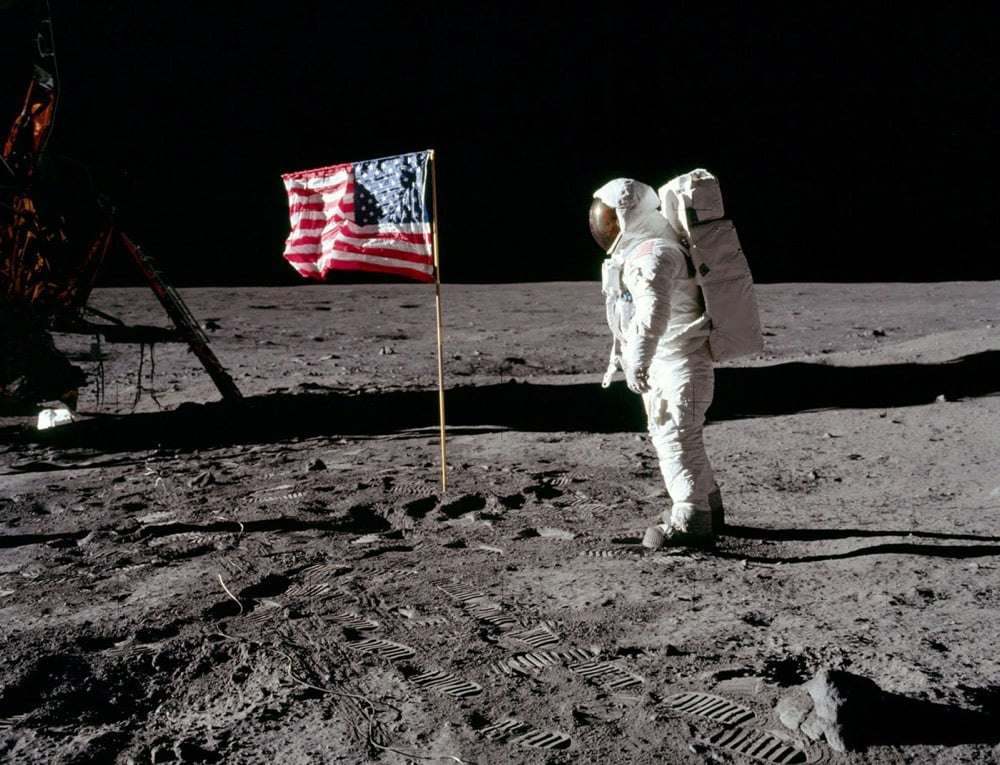


From top to bottom, Buzz Aldrin on the Moon, Queen Elizabeth riding on the Tube in London, and a billboard in Times Square featuring John Lennon & Yoko Ono’s message of peace.
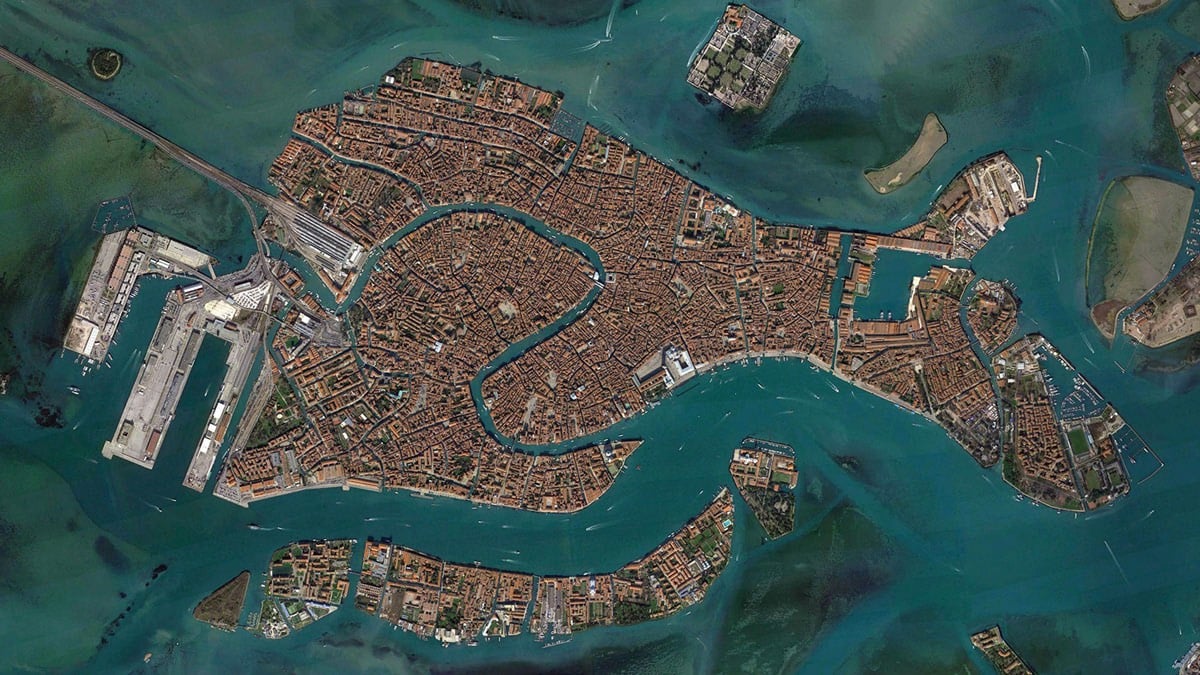
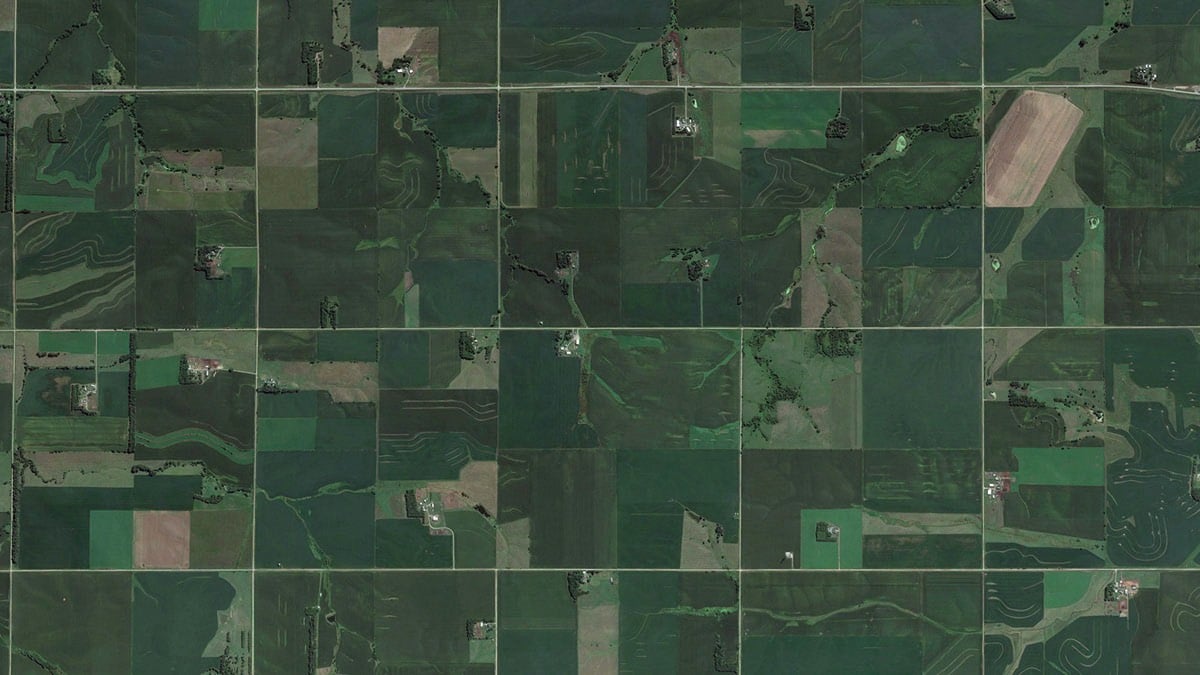
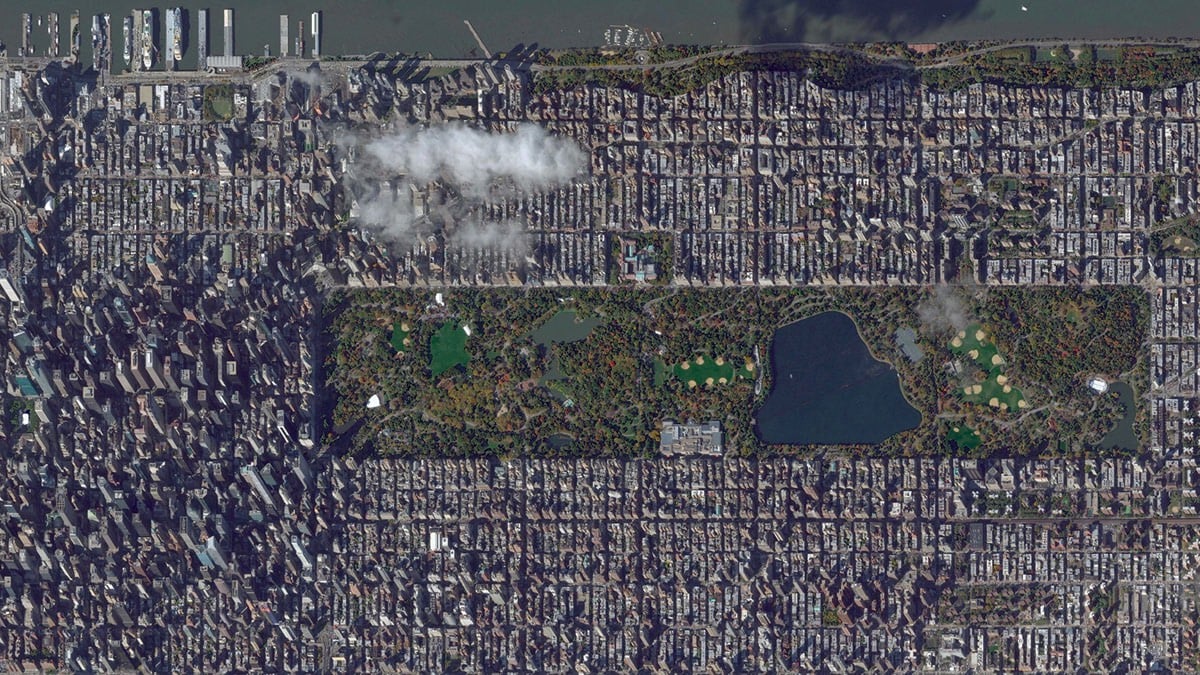
Over at In Focus, still the world’s best photoblog (remember those!?), Alan Taylor is looking at different parts of the world from the same height.
Spending time looking at the varying and beautiful images of our planet from above in Google Earth, zooming in and out at dizzying rates, I thought it would be interesting to compare all of these vistas at a fixed scale-to see what New York City, Venice, or the Grand Canyon would look like from the same virtual height.
Each of the 38 images selected by Taylor shows about seven square miles of the Earth’s surface. The three images I’ve excerpted here are, from top to botton, Venice, Wisconsin farmland, and Manhattan. This planet really is dizzyingly beautiful.
This reminds me of The Jefferson Grid project (showing 1 sq mile satellite photos of the US). There’s another project which I swear I’ve seen recently that shows the grids of streets in cities from around the world and how they vary widely, but I can’t find it. Anyone?
Update: Re: the other project I couldn’t remember, several people sent in Geoff Boeing’s city street orientation project (which I posted about here) but it was probably another project of Boeing’s that I was thinking of: Square-Mile Street Network Visualization. He based the project on the work of Allan Jacobs in Great Streets. (thx, @simiasideris)
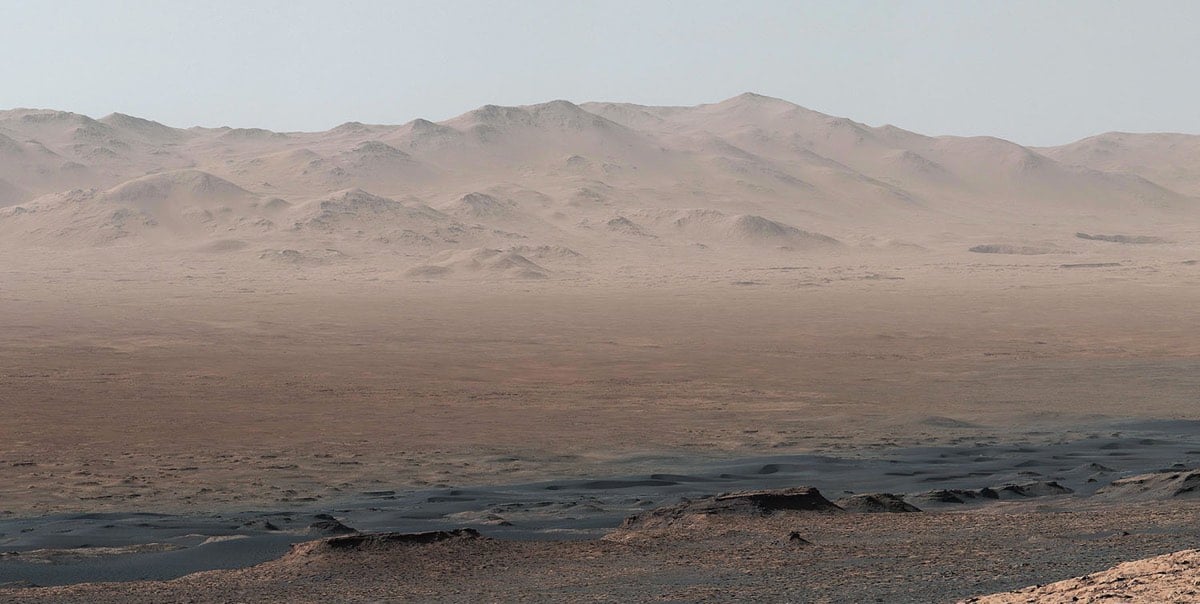
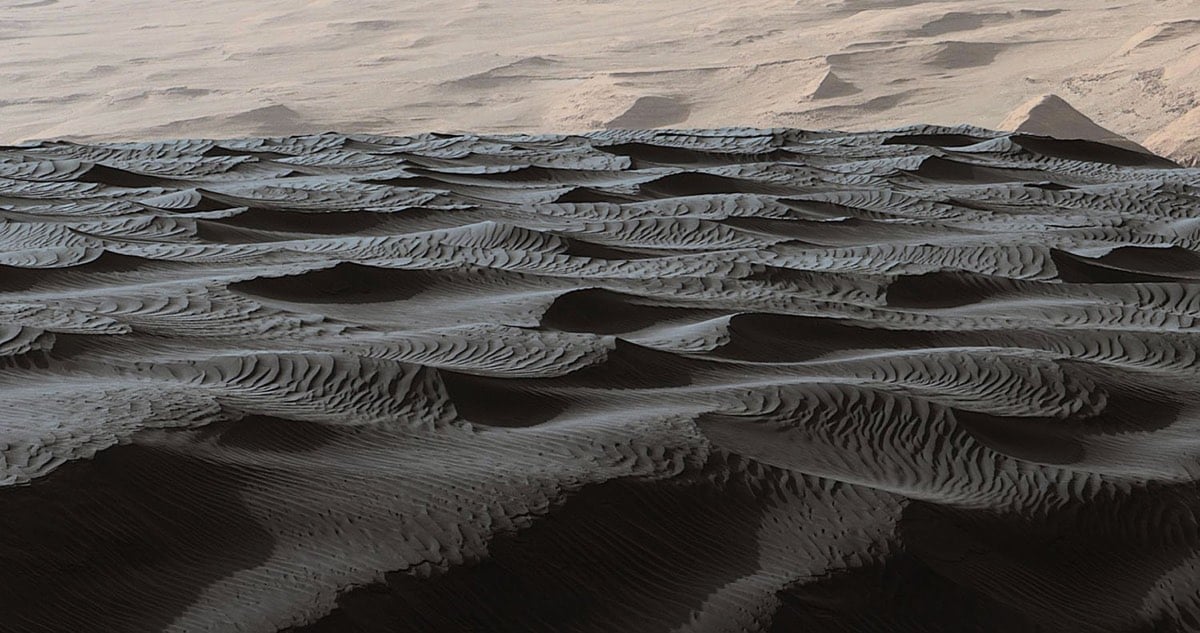
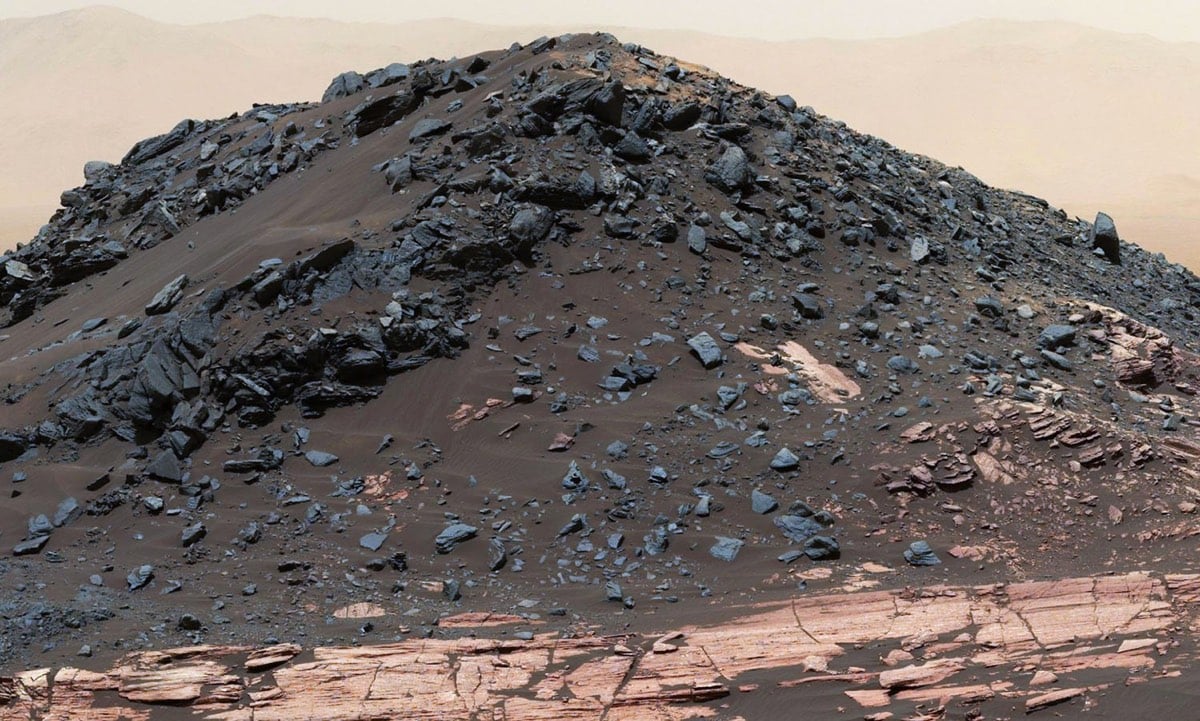
NASA’s Curiosity rover has been on Mars for more than 2000 days now, and it has sent back over 460,000 images of the planet. Looking at them, it still boggles the mind that we can see the surface of another planet with such clarity, like we’re looking out the window at our front yard. Alan Taylor has collected a bunch of Curiosity’s photos from its mission, many of which look like holiday snapshots from the rover’s trip to the American Southwest.



At In Focus, Alan Taylor celebrates his 50th birthday by sharing some photos of 1968 that remind us of the momentous events of that year, which is certainly one of the most noteworthy years in recent world history.
Protests erupted in France, Czechoslovakia. Germany, Mexico, Brazil, the United States, and many other places. Some of these protests ended peacefully; many were put down harshly. Two of the biggest catalysts for protest were the U.S. involvement in the Vietnam War and the ongoing lack of civil rights in the U.S. and elsewhere. Two of America’s most prominent leaders, Dr. Martin Luther King Jr. and Senator Robert F. Kennedy, were assassinated within months of each other. But some lessons were being learned and some progress was being made — this was also the year that NASA first sent astronauts around the moon and back, and the year President Lyndon Johnson signed the Civil Rights Act into law.
If nothing else, 1968 is a reminder that perhaps our current events aren’t so bad after all.
I love that Taylor includes an event not usually associated with 1968: The Mother of All Demos.
The demonstration is hailed as one of the most significant technological presentations in history, showcasing technologies that have become what we now know as modern computing. He gave the first public demonstration of a computer mouse, a graphical user interface, windowed computing, hypertext, word processing, video processing, and much more.
The influence of this demo has grown over time and rightly deserves consideration as one of that year’s most notable events.
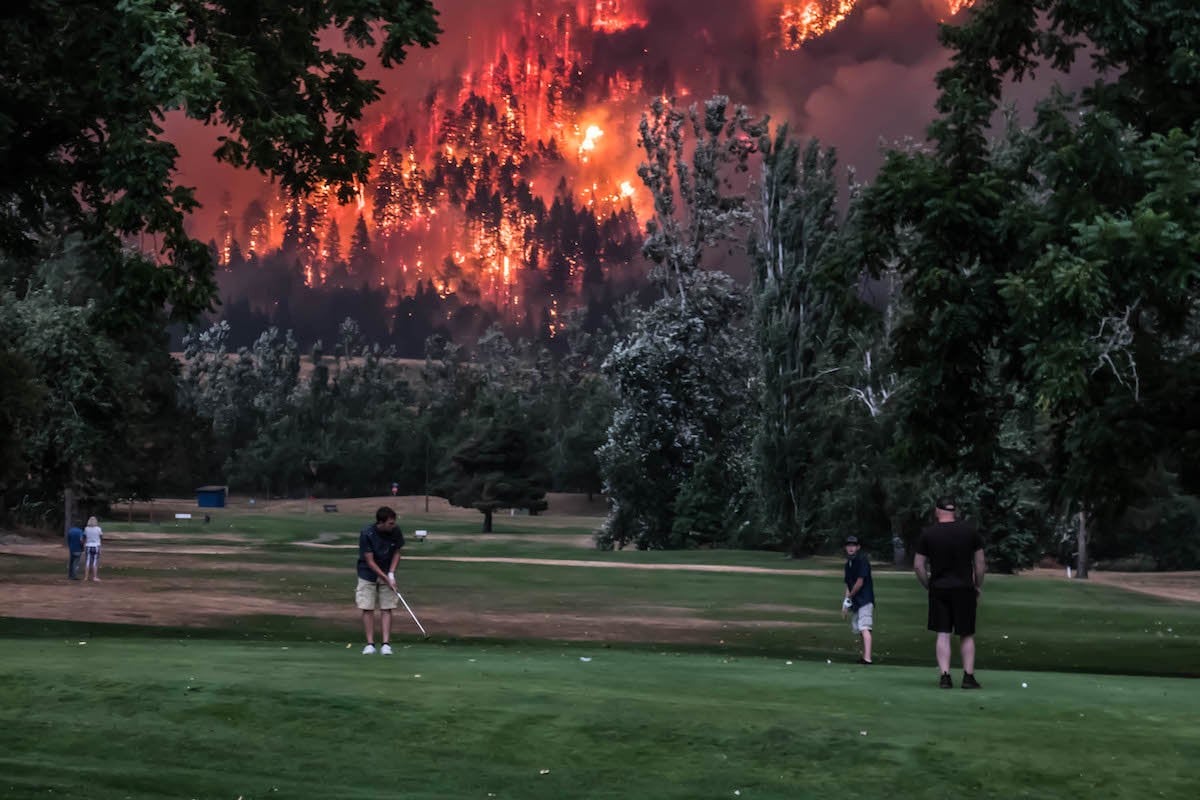

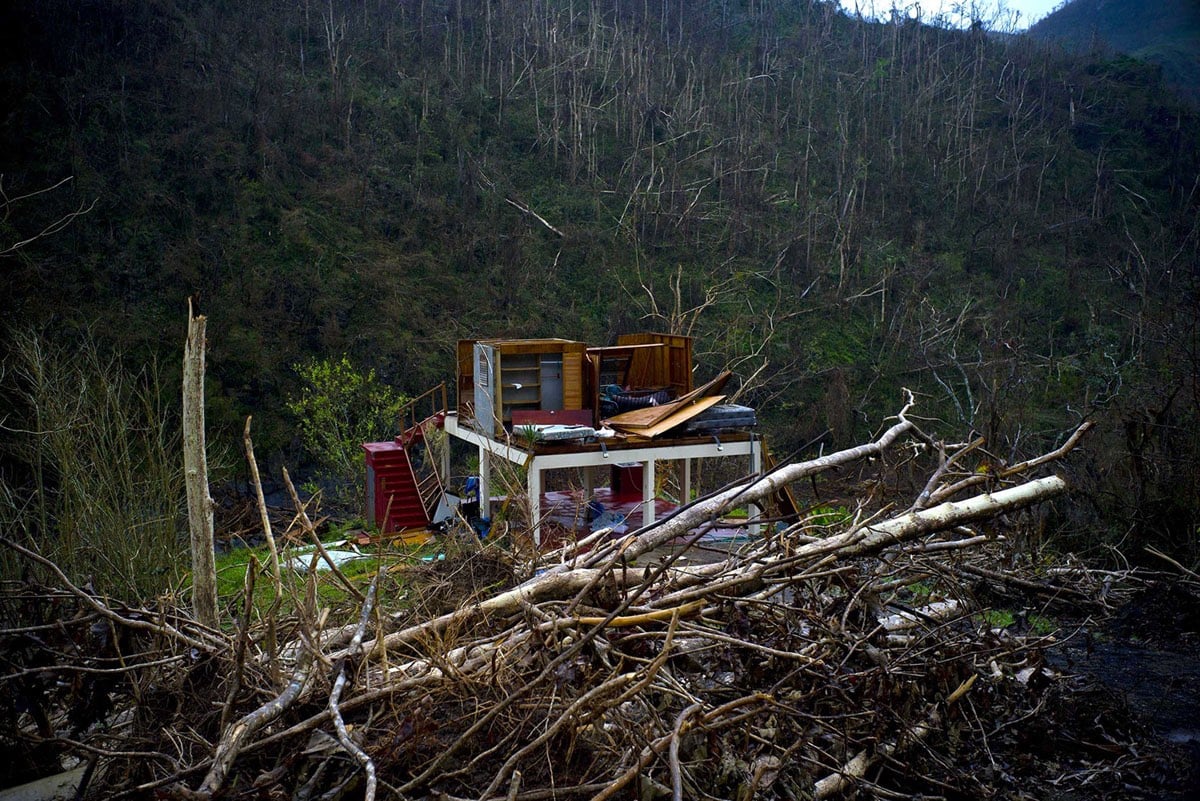

I’m hoping to do my annual roundup of the photos of the year soon, but I wanted to separately highlight Alan Taylor’s list of The Most 2017 Photos Ever, “a collection of photographs that are just so 2017”. There’s distracted boyfriend, wildfires, fidget spinners, protestors, predatory men, the eclipse, kneeling, praying, shooting, and many photos of Trump looking dumb, bewildered, or both. Yeah, that about sums it up.
I am a little surprised though that the photo of the guy mowing his lawn with a tornado in the background didn’t make the cut…perhaps a little too metaphorically similar to the golfing photo above.
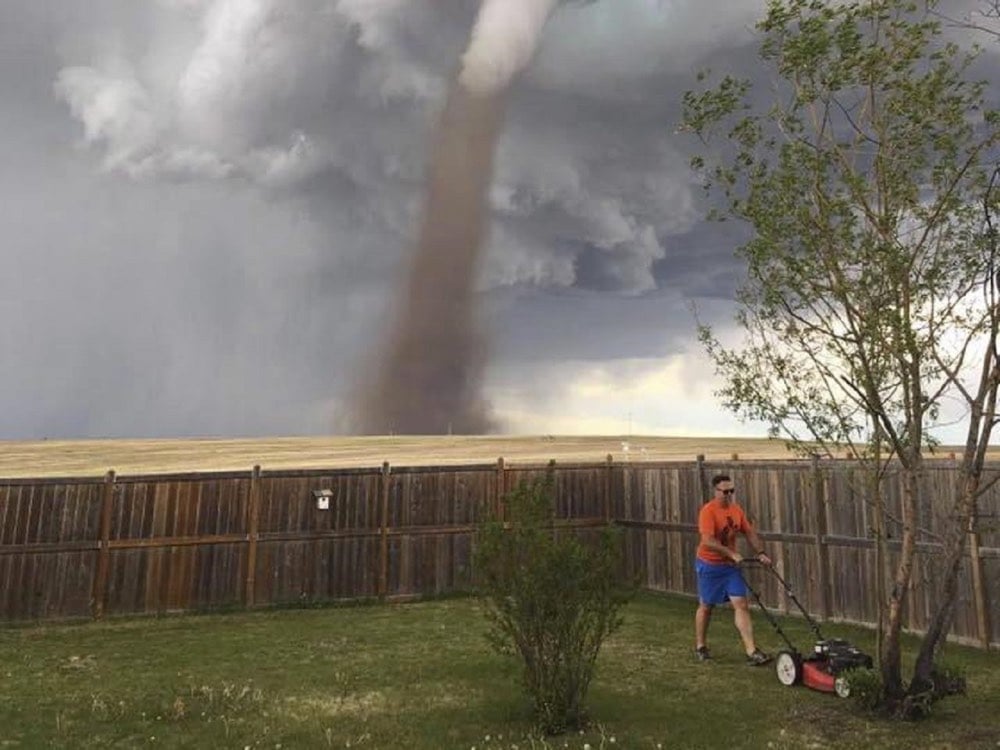
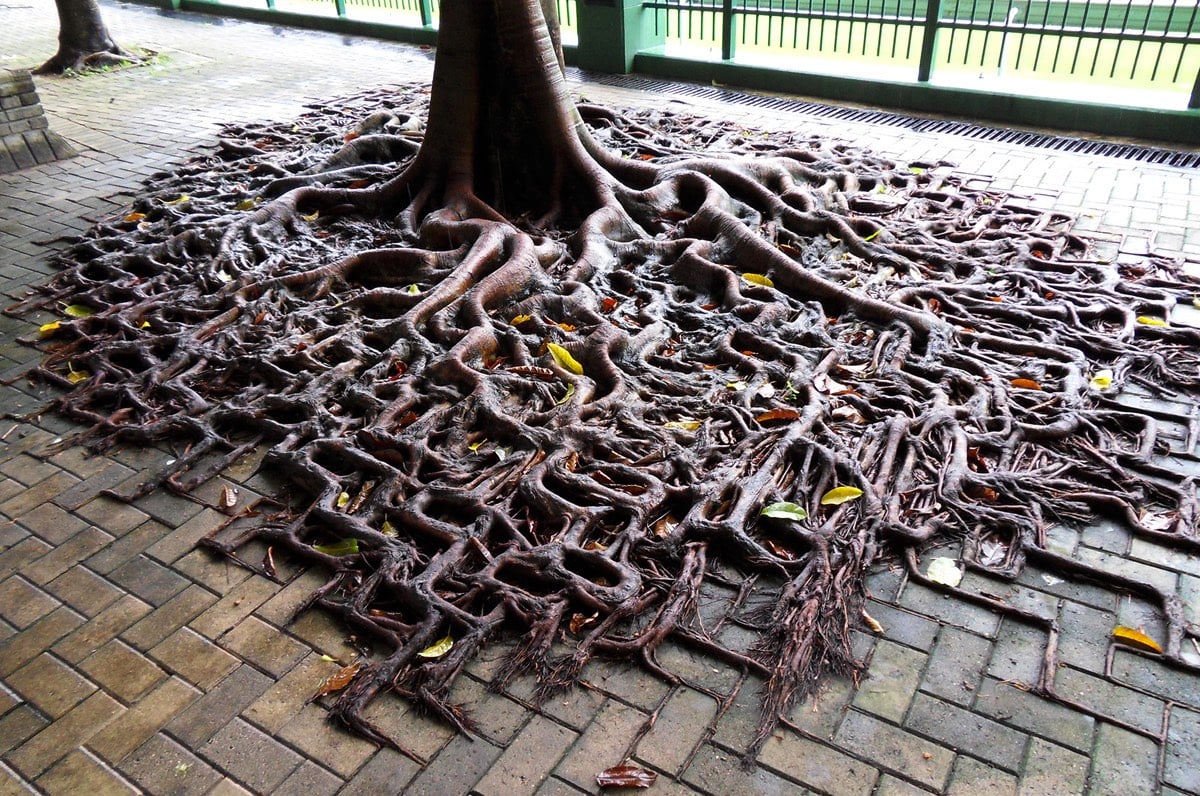

I’ve been on a bit of a tree bender lately (see wolf trees and one tree, one year), so I really enjoyed Alan Taylor’s recent A Walk in the Woods: A Photo Appreciation of Trees.
The top photo was taken by Clément Bucco-Lechat in Hong Kong. And the bottom photo was taken by Khaled Abdullah Ali Al Mahdi of Reuters:
Dragon’s Blood trees, known locally as Dam al-Akhawain, or blood of the two brothers, on Socotra island on March 27, 2008. Prized for its red medicinal sap, the Dragon’s Blood is the most striking of 900 plant species on the Socotra islands in the Arabian Sea, 380 km (238 miles) south of mainland Yemen.
I love how the roots of one tree and the branches of another resemble one another.
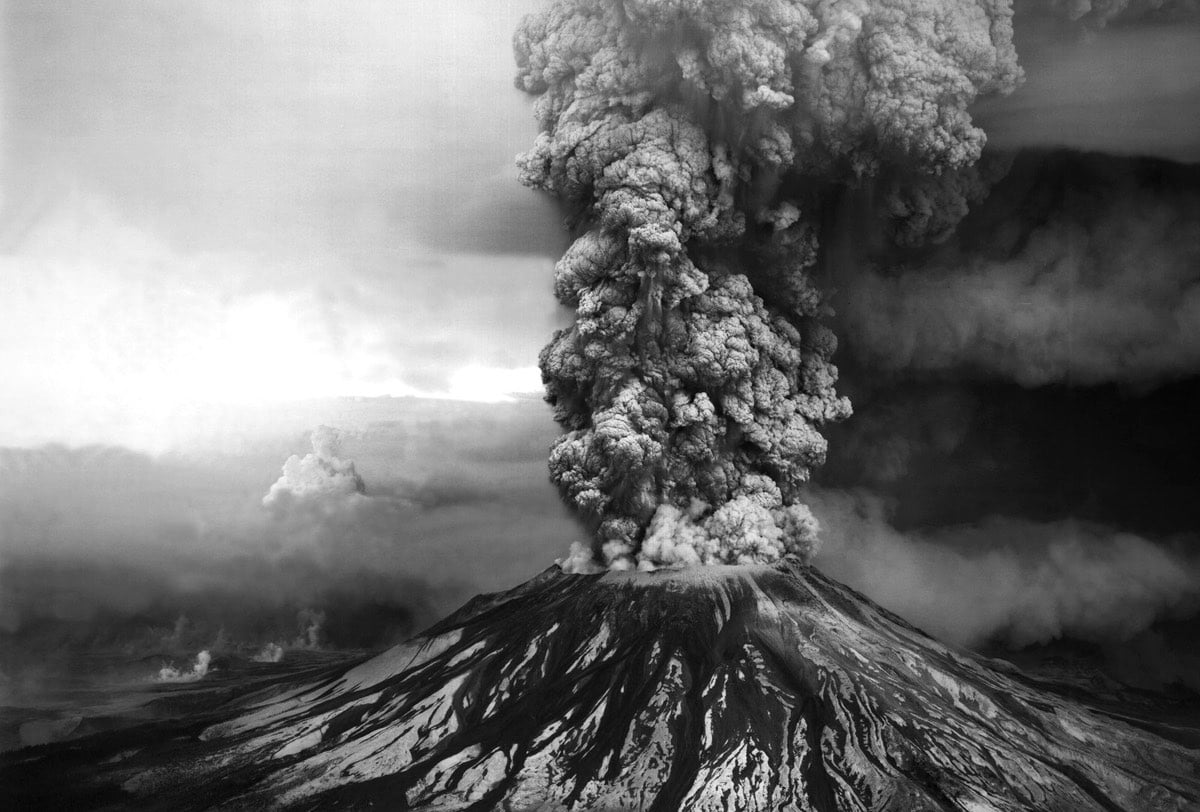
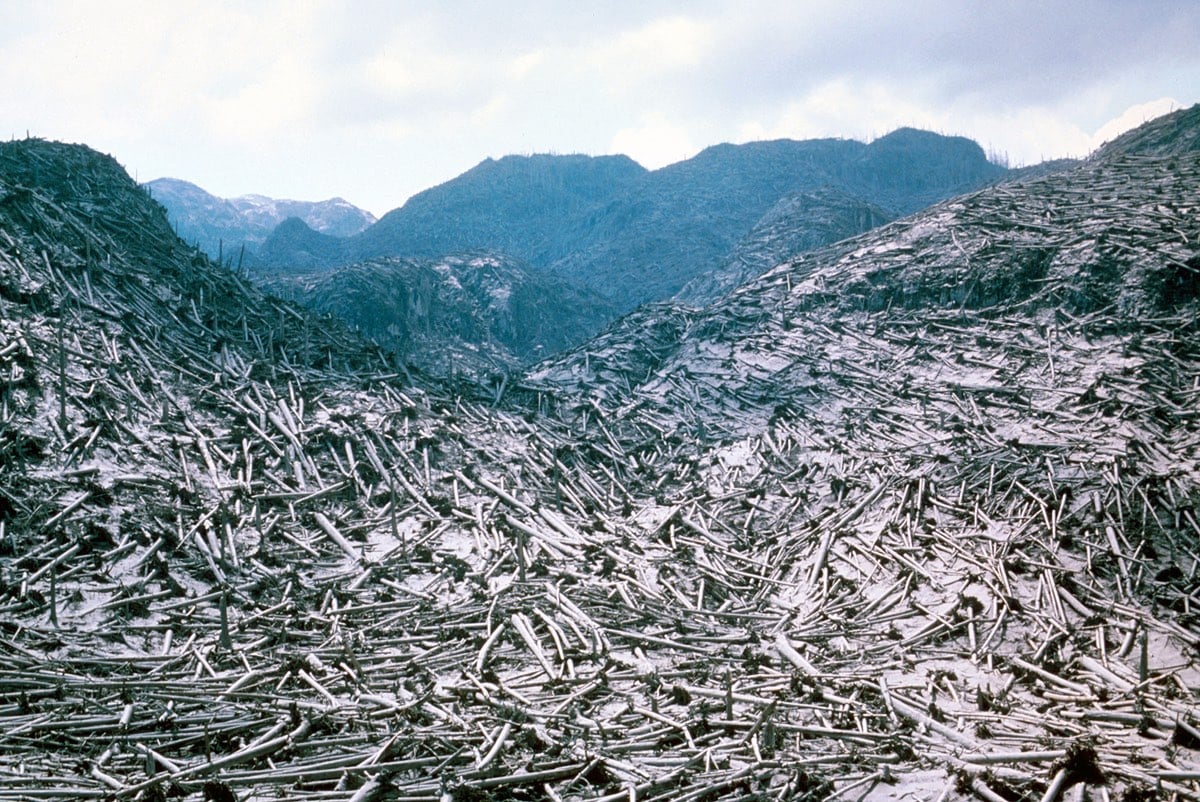
37 years ago today, on May 18, 1980, Washington’s Mount St. Helens erupted in a blast that killed 57 people and covered a huge swath of the western US with ash and destruction. Alan Taylor, who grew up nearby and vividly remembers the eruption, shared some photos of the eruption and its aftermath at In Focus.
I was 6 when Mount St. Helens erupted and it was probably my first concrete memory of the wider world from childhood. For days and days, it was all anyone talked about at school. The next summer (or it may have been 1982), my parents, my little sister, and I embarked on a car trip west towards the Pacific from Wisconsin, which I later learned was a last hurrah family vacation before my parents divorced. We motored in a beast of a station wagon resembling The Griswold Family Truckster, and stopped at the Badlands, Mount Rushmore, Wall Drug, Rapid City, Yellowstone, and finally Seattle, where the only memory I have is of seeing the Space Needle briefly.
But the highlight of the trip was going to see Mount St. Helens. The landscape looked very much like in the second photo above, trees flattened over an ashy lunar landscape. It’s still one of the weirdest, most beautiful sights I’ve ever seen. We collected a couple of jars of ash to take home, along with some pumice stone.
Back at school in the fall, I managed a brief respite from my crippling unpopularity by showing off the ash jars and demonstrating how the pumice floated in water. A rock floating in water! But then the holes in the pumice filled with water, it slowly sank, and with it my new-found popularity. I imagine that pumice and those jars are still somewhere at my dad’s house, in a pile of something somewhere…it would be great to see them again.

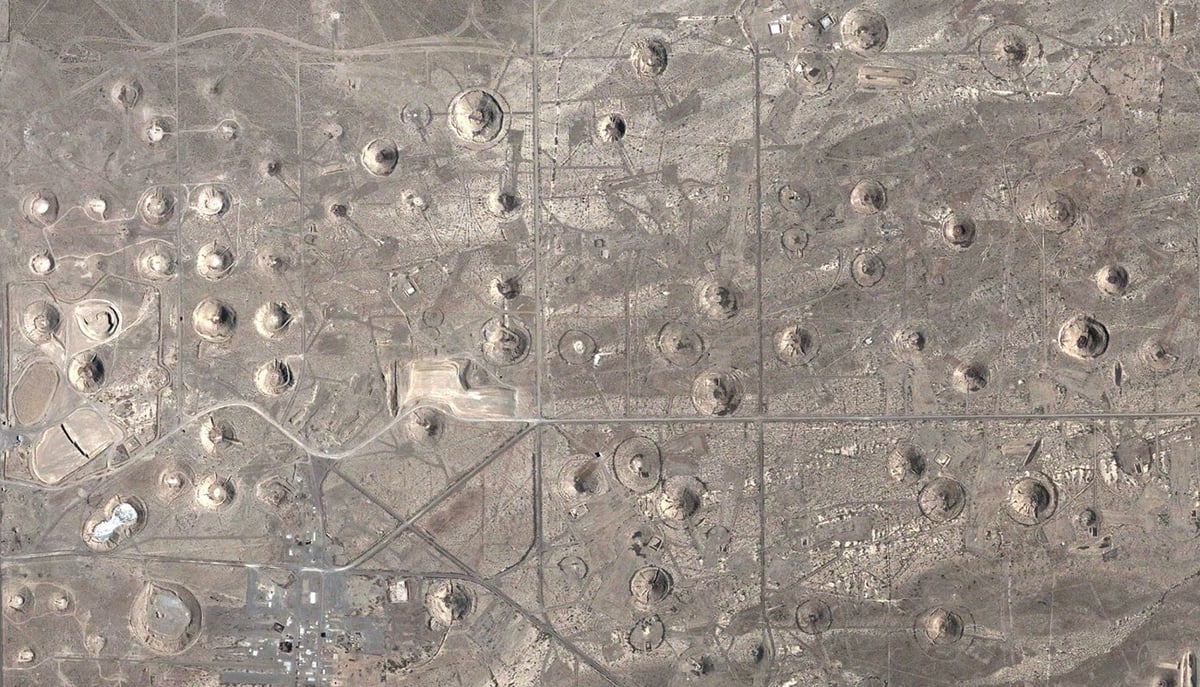

Alan Taylor has compiled a bunch of satellite photography showing how humans have altered the landscape of the American Southwest.
Humans have lived in what we now call the American Southwest for centuries, making a wide impact on the land, much of it visible from aerial and satellite photography. Nuclear detonations, housing subdivisions, oil exploration, hydroelectric facilities, solar power facilities, roads, mines, farms, ranches, cities, and towns have altered much of the land over the years.
The photos, from top to bottom: a road cuts through White Sands, NM, a former nuclear testing site in NV (those are craters left from nuclear explosions), and a housing development south of Denver.
The San Francisco earthquake of 1906 and the resulting fires destroyed 500 blocks, 25,000 buildings, killed more than 3000 people, and left more than half the city homeless. Alan Taylor curated a selection of photos of the earthquake and aftermath. The most striking ones are those taken from an airship that show how complete and extensive the destruction was. I mean:


Alan Taylor at In Focus has shared his list of the Top 25 News Photos of 2015.
As I have in past years, I’ll share more lists of the year’s best photos as they come in.
Update: The AP shares their Top 100 News Images of 2015. Very few of these photographs show anything good, so fair warning.
Update: In Focus has published all and three parts of a three-part series of 2015: The Year in Photos.
Update: One more from In Focus: Hopeful Images from 2015. A reminder that the good in the world vastly outweighs the bad…even if it doesn’t often make the news.
Update: Nature has a collection of the best science images of 2015. The WSJ presents their Year in Photos 2015.
In a photo set on Flickr, Alan Taylor compares the 1963 and 1991 editions of Richard Scarry’s Best Word Book Ever and notes many changes to make it more progressive and inclusive, particularly with regard to gender roles. For instance, in this one, Mother is joined by Father in the kitchen:

And in this one, “beautiful screaming lady” becomes “cat in danger”:
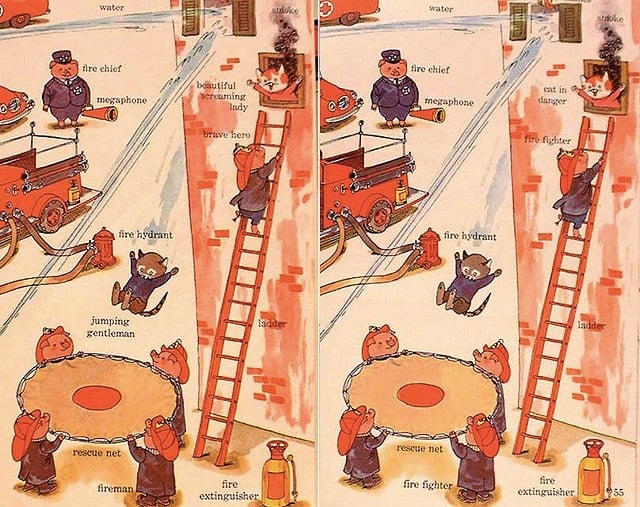
(via fusion)
The Atlantic is beefing up their photography coverage with the launch of The Atlantic Photo. This replaces In Focus and will be edited by Alan Taylor.
I’d like to introduce our readers to The Atlantic’s new Photo section, an expanded home for photography at TheAtlantic.com. This new section features not only an updated look, but more variety in formats, wider images for bigger screens, and a design that works well across a range of mobile devices.
As the editor of the Photo section, I’ll continue to publish long-form photo essays nearly every day, as I have for years, in a series we’ll still call In Focus, but I’ll also start publishing shorter posts-often just a single noteworthy image-under a new category we’re calling Burst. I’m really excited to be able to share even more high-quality photography with even more readers.
NiemanLab did a Q&A with Taylor about the new site.
I spend almost all of my day looking through photos, trying to find stories to tell the next day or the next week. Pretty often, I will come across a single image or two or three images, and there’s nothing more to go with it. And since I’ve made it my thing to always be posting longform narratives — constructed either from a single photographer or multiple photographers — I thought it would be confusing to mix it up, so I just shied away from doing it.
I’ve been doing the photo editing now for seven years, and now it’s nice to have the ability to do it just whenever something comes up. If I want to do a historic photo of the day, something from the archives, or something from the Library of Congress, or a really amazing photo was just released by NASA — I just don’t really have an easy outlet for that, and it’d be nice to have. And now I’m going to have it, hopefully.
I’ve long been a fan of Taylor (since the Big Picture days) and am excited to see what he gets up to with The Atlantic Photo.
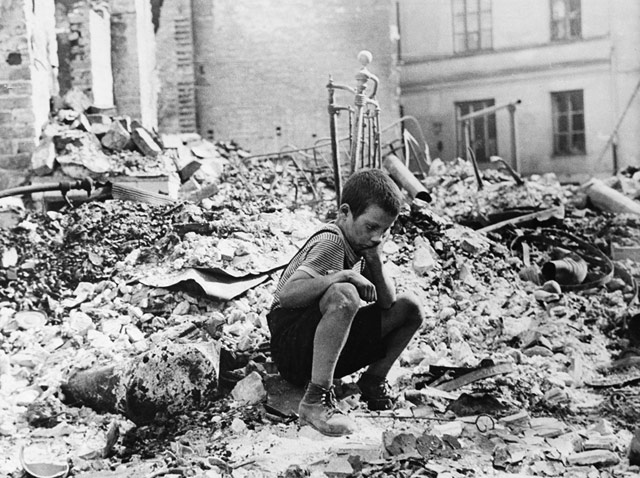
World War II began 75 years ago today with Germany’s invasion of Poland. A few years back, Alan Taylor did a 20-part photographic retrospective of the war for In Focus, which is well worth the time to scroll through.
These images still give us glimpses into the experiences of our parents, grandparents and great grandparents, moments that shaped the world as it is today.
Life has a collection of color photos of the invasion of Poland. Time has a map dated Aug 28, 1939 that shows how Europe was preparing for war, including “Americans scuttle home”.
Alan Taylor has concluded his 10-part series on WWI over at In Focus with a look at the present-day effects of the war. If you haven’t been following along, it’s worth starting at the beginning and working your way through.
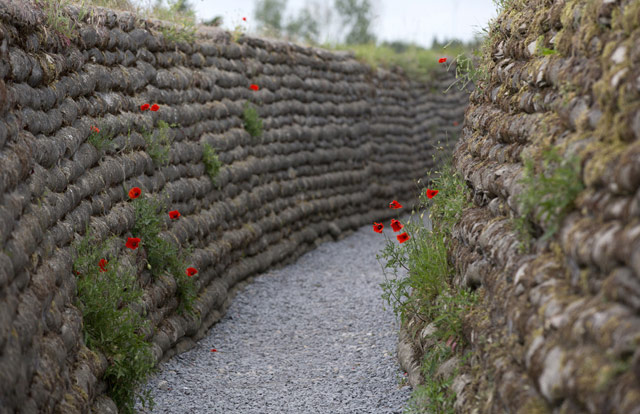
Also worth a look is the NY Times’ interactive package about the war.
In the latest installment of his ten-part series on WWI, Alan Taylor covers the technology used in the war.
When Europe’s armies first marched to war in 1914, some were still carrying lances on horseback. By the end of the war, rapid-fire guns, aerial bombardment, armored vehicle attacks, and chemical weapon deployments were commonplace. Any romantic notion of warfare was bluntly shoved aside by the advent of chlorine gas, massive explosive shells that could have been fired from more than 20 miles away, and machine guns that spat out bullets like firehoses. Each side did its best to build on existing technology, or invent new methods, hoping to gain any advantage over the enemy.
It’s fascinating to observe both sides using trial and error with things like tanks, testing out what works and what doesn’t. Look at this kooky German cannon for instance:
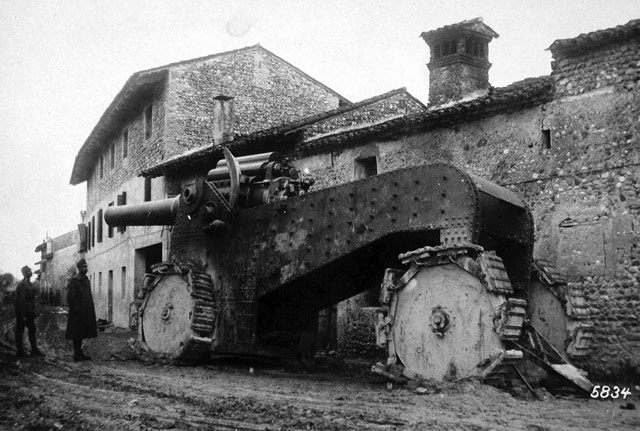
Nothing about that looks efficient.
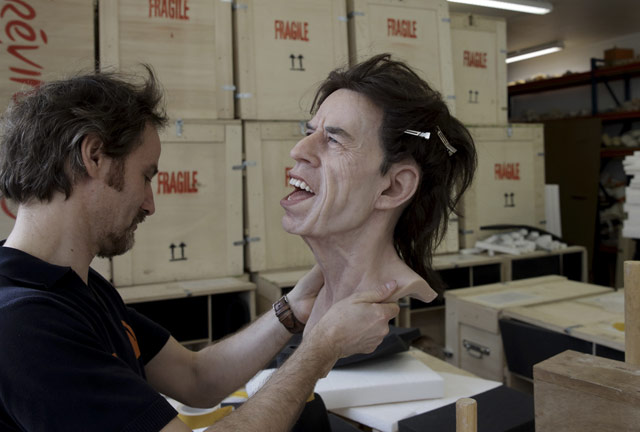
Alan Taylor has started doing weekly round-ups of interesting photos at In Focus. This is my favorite from last week’s batch, the head of Mick Jagger, destined for a wax museum in Prague.
Over at In Focus, Alan Taylor has posted the first part of a 10-part photographic retrospective of World War I.
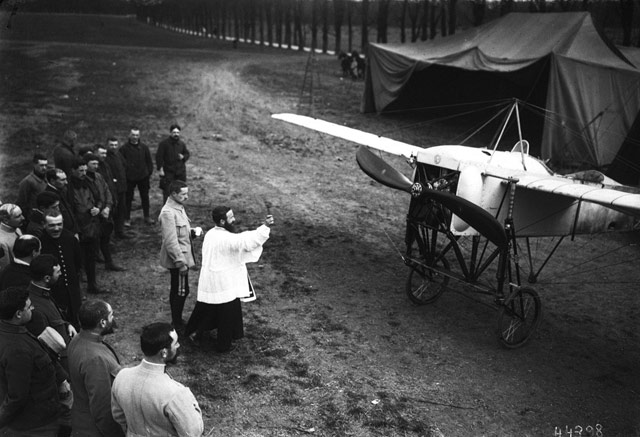
Represented in this first installment is early color photography (many more of which can be found here), dazzle camouflage, and a photo I’ve never seen before of an aerial view of the trenches of the western front. Can’t wait to follow along with the rest of it.
At In Focus, Alan Taylor surveys the state-of-the-art in robotics with a varied selection of photos. For example, here are two Big Dogs frolicking in the robot dog park:
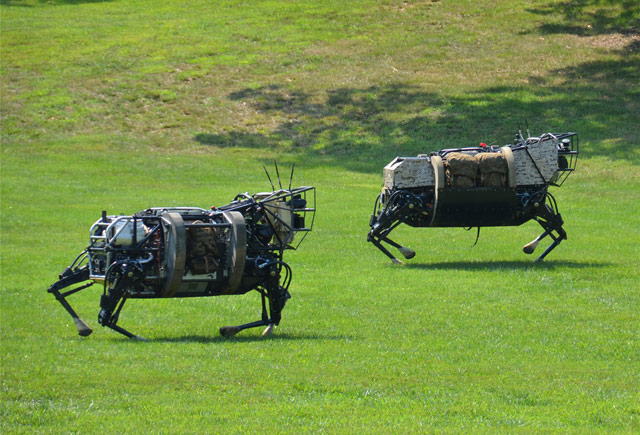
And better yet, Florian Lopes looks as though he’s enjoying his new bionic hand:
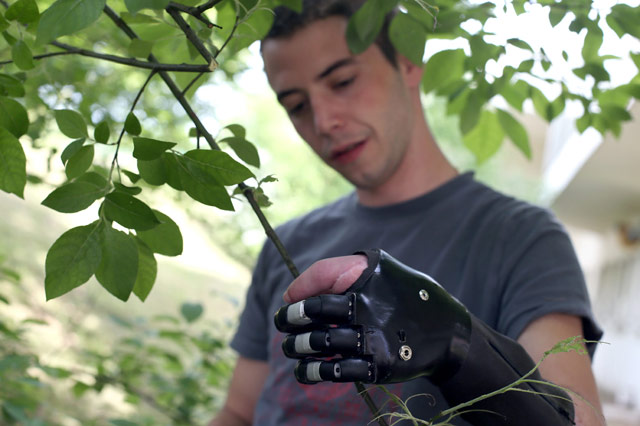
Alan Taylor recently investigated where Google Maps’ Street View coverage ends — “whether blocked by geographic features, international borders, or simply the lack of any further road” — and compiled a photographic look at the ends of the road.
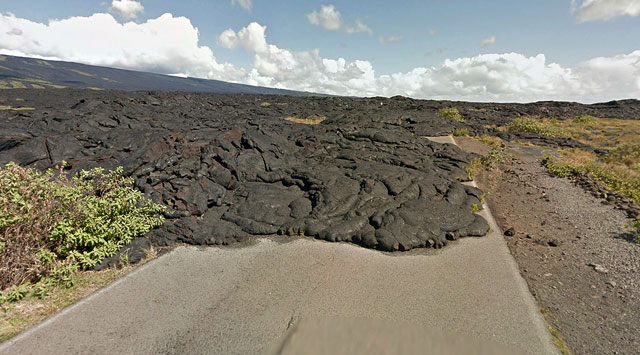
(via @faketv)
This is amazing: Alan Taylor rounds up some homemade inventions from China, including DIY submarines, giant motorcycles, home-built robots, and can’t-possibly-fly airplanes. I can’t pick a favorite, but this homemade welding mask is outstanding:
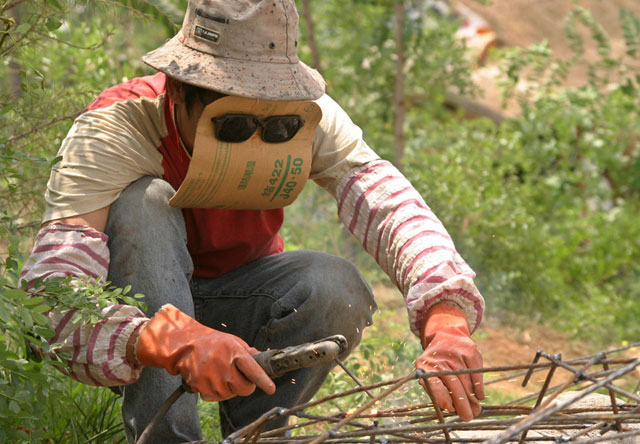
Ok, and this giant motorcycle:
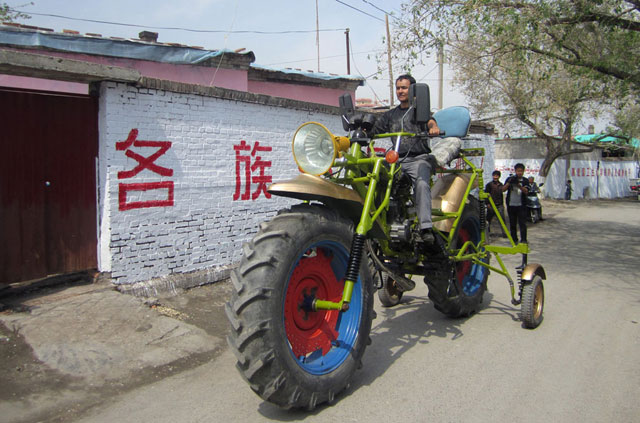
Oh, and this rickshaw-pulling robot:

And, and, and… (via @faketv)
I love these 50th anniversary yearly round-ups that Alan Taylor is doing over at In Focus. This year marks the 50th anniversary of 1963:

Previously: 1962 and 1961.
Yesterday I linked to the massive trove of photos recently put online by the NYC Department of Records. Alan Taylor from In Focus went through a large chunk of the archive and pulled out some real gems. Great stuff.
Watch as Vladimir Putin rides a horse, drives a race car, tags a tiger, does judo, goes on archeological dives, looks at leopards, stands on a boat, arm wrestles, attempts to bend a frying pan, rides a snowmobile, flies a plane, hugs a dog, rides a motorcycle, looks at a bear, swims the butterfly, signs autographs, shoots a whale with a crossbow, plays the piano, feeds a moose, talks with a biker gang, steers a boat, walks through brush with a gun, sits in a tank, blacksmiths, plays hockey, hugs a horse, dives almost a mile in a submersible, and adjusts sunglasses.
He has made many more important posts on In Focus and Big Picture over the years, but Alan Taylor has really outdone himself with this one…each photo is somehow more wonderfully unlikely than the previous one. See also Kim Jong-il Looking at Things.
As part of his new-ish gig as editor of In Focus at The Atlantic, Alan Taylor is running a 20-week series of photo essays on World War II. The first essay, Before the War, has been posted and is excellent.
The years leading up to the declaration of war between the Axis and Allied powers in 1939 were tumultuous times for people across the globe. The Great Depression had started a decade before, leaving much of the world unemployed and desperate. Nationalism was sweeping through Germany, and it chafed against the punitive measures of the Versailles Treaty that had ended World War I. China and the Empire of Japan had been at war since Japanese troops invaded Manchuria in 1931. Germany, Italy, and Japan were testing the newly founded League of Nations with multiple invasions and occupations of nearby countries, and felt emboldened when they encountered no meaningful consequences. The Spanish Civil War broke out in 1936, becoming a rehearsal of sorts for the upcoming World War — Germany and Italy supported the nationalist rebels led by General Francisco Franco, and some 40,000 foreign nationals traveled to Spain to fight in what they saw as the larger war against fascism.
(thx, david)
Over at In Focus, Alan Taylor posted a collection of nuclear weapons testing photos. You’ve probably seen some of these before, but they’re still worth a look. The photos of the French Polynesian tests are scarily beautiful.
Older posts



























































Stay Connected